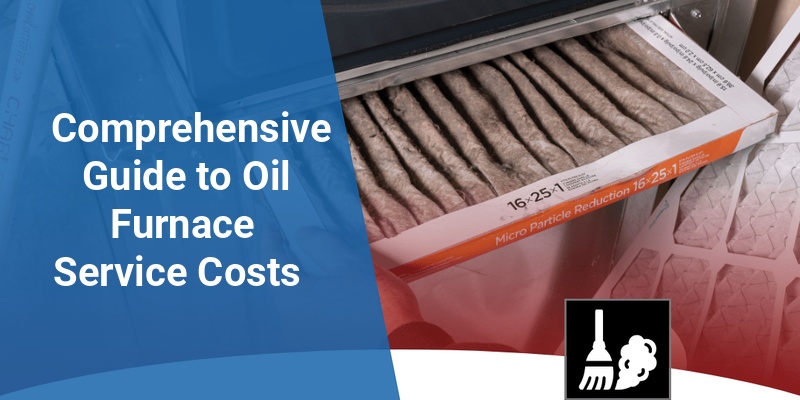Maintaining your oil furnace is essential for efficient heating and safety. When budgeting for oil furnace upkeep, understanding the service costs involved can help homeowners make informed decisions. This guide breaks down typical expenses, factors influencing prices, and what to expect during service visits.
| Service Type | Typical Cost Range | Purpose |
|---|---|---|
| Basic Oil Furnace Tune-Up | $100 – $200 | Ensures optimal furnace performance, includes cleaning and inspection |
| Oil Furnace Cleaning | $150 – $300 | Removes soot and debris to improve efficiency and safety |
| Oil Filter Replacement | $50 – $100 | Replaces clogged filters to maintain airflow and furnace lifespan |
| Oil Burner Repair | $200 – $500+ | Fixes operational issues related to fuel delivery and ignition |
| Annual Maintenance Contract | $150 – $300 per year | Covers yearly inspections, tune-ups, and priority service calls |
Factors Influencing Oil Furnace Service Costs
Several variables impact the final price for oil furnace service. These include furnace type, age, geographic location, and scope of work required. Older furnaces or those in poor condition often demand more extensive servicing, increasing costs. Additionally, service rates vary significantly across different regions in the U.S., with urban areas typically experiencing higher fees.
Types of Oil Furnace Services and Associated Costs
Basic Tune-Up
A tune-up typically involves checking and adjusting the oil burner, cleaning the combustion chamber, inspecting heat exchangers, and replacing oil filters. Costs usually range between $100 and $200, offering homeowners peace of mind through improved efficiency and reduced breakdown risk.
Cleaning Services
Over time, soot and debris accumulate inside oil furnaces, causing inefficiency and potential hazards. Professional cleaning costs range from $150 to $300, depending on furnace size and service complexity. Regular cleaning also extends furnace life and improves indoor air quality.
Repairs and Part Replacements
Repairs such as burner repairs or replacing faulty components can range from
How Often Should Oil Furnace Service Be Performed?
Most experts recommend annual servicing before the heating season begins. Regular maintenance ensures safe operation, peak efficiency, and compliance with warranty requirements. Scheduling service in early fall minimizes emergency repairs during winter’s peak demand.
Benefits of Regular Oil Furnace Maintenance
- Improved Efficiency: Regular service helps furnaces burn oil cleanly, reducing fuel consumption.
- Extended Equipment Life: Routine upkeep prevents premature wear and costly breakdowns.
- Enhanced Safety: Inspections identify carbon monoxide risks and mechanical failures early.
- Cost Savings: Well-maintained furnaces reduce energy bills and avoid emergency repair fees.
Choosing the Right Service Provider
Select a licensed and experienced HVAC technician specializing in oil furnaces. Request detailed service quotes and inquire about included tasks. Many contractors offer maintenance plans with fixed annual rates, which can be more economical over time. Checking customer reviews and verifying credentials ensures reliable and trustworthy service.
Call 888-906-9139 for Free Local HVAC Quotes – No Obligation, Just Savings!
DIY vs. Professional Oil Furnace Service
While simple tasks like replacing oil filters can be DIY projects, most furnace maintenance requires professional expertise. Technicians possess the knowledge and tools to perform safe combustion analysis, clean burners thoroughly, and detect hidden issues. Attempting complex service without training can void warranties or cause hazards.
How to Budget for Oil Furnace Service
To plan effectively, homeowners should allocate funds for yearly tune-ups and an occasional deep cleaning or repair. Setting aside $200 to $400 annually covers most maintenance needs. Also, consider investing in a service contract to stabilize costs and guarantee prompt attention during cold months.
